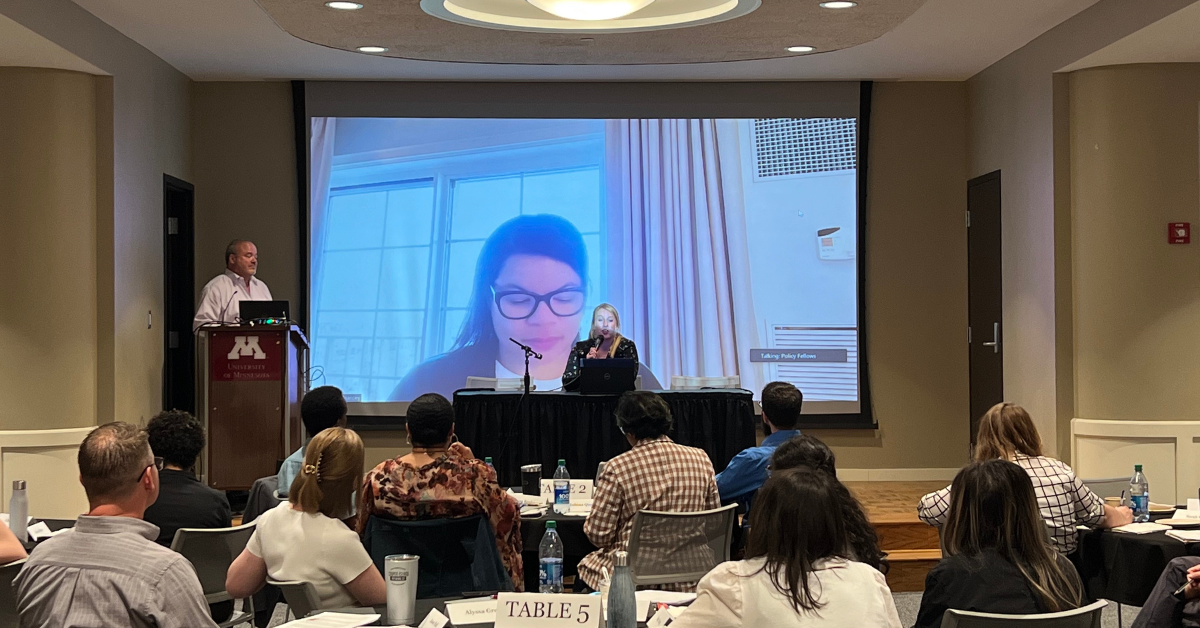
Political communications is an intense but rewarding line of work. As you all watch on cable news, it’s never a dull moment. For the past few years, a Democrat colleague of mine, Rebecca Pearcy, of Bryson Gillette, and I have worked with the Humphrey School of Public Affairs. Professor Jacobs’ mission to have bipartisan conversations about politics and important issues is important as our country gets more and more polarized.
Rebecca and I recently presented to this year’s Humphrey fellows about how we apply strategic communications to political campaigns. We’ve both been behind the scenes on a lot of campaigns, we’ve seen and heard a lot and know it’s an art. Over our decades-long careers, we’ve come to appreciate people who run for office, we need a diverse field for all offices, local to the president.
Here are a few messages we conveyed:
- Authentic messaging is always the best. While it’s important to be prepared and operate off of talking points to ensure you are being concise, candidates must be themselves if you want to connect to voters. Manage Twitter so it doesn’t control you.
- Consistency, consistency, consistency. It may seem monotonous to say the same thing over and over but it’s actually very important when trying to convey a message. In the fast news cycle, it’s very difficult to stick to a message you want to convey and ensure it becomes common knowledge. Message discipline is key.
- Defining yourself before your opponent can and vice versa is the name of the game. Contrast messaging (some people may call it negative campaigning) is often very effective to achieve those goals.
- Candidates and politicians don’t know everything. There is a steep learning curve for anyone expected to know everything and if you run for office, make sure you study up before doing anything else. Voters should try to put themselves in a candidate’s shoes and appreciate what it would be like to be expected to know everything.
